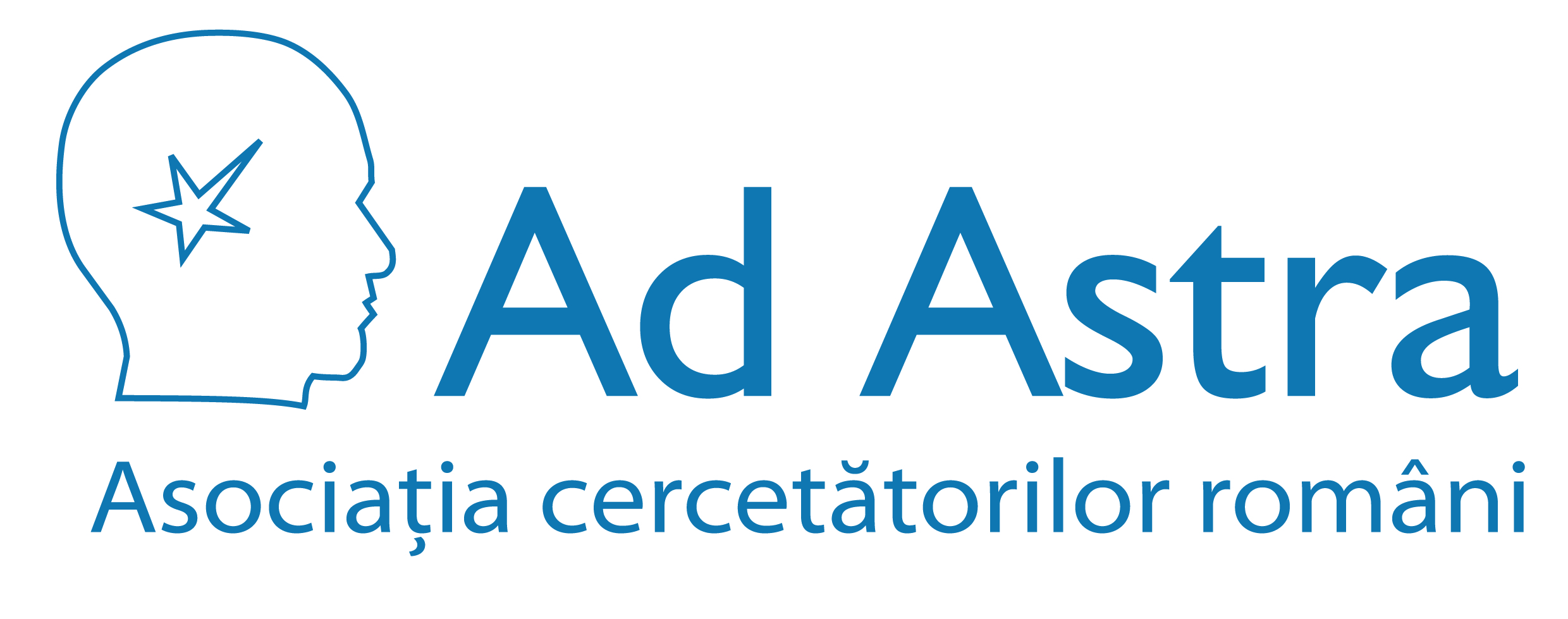Scopul nostru este sprijinirea şi promovarea cercetării ştiinţifice şi facilitarea comunicării între cercetătorii români din întreaga lume.
Staff Login
Reconstruction and computation of microscale biovolumes using geographical information systems: potential difficulties
Domenii publicaţii > Biologie + Tipuri publicaţii > Articol în revistã ştiinţificã
Autori: Alexandru I. Petrisor, Adrian Cuc, Alan W. Decho
Editorial: Research in Microbiology, 155(6), p.447-454, 2004.
Rezumat:
Biofilms are bacterial colonies enveloped in a matrix of extracellular polymeric secretions. Confocal scanning laser microscopy has been used in conjunction with different image analysis techniques to investigate the structure of biofilms. A major goal is to reconstitute the three-dimensional structure of biofilms, and compute or estimate the biovolumes. Our previous research focused on the utilization of remote sensing techniques and Geographical Information Systems for quantitative analyses of confocal images. The present study investigates potential problems in microbial imaging, and uses two approaches, the program COMSTAT and a Geographical Information Systems-based method, to reconstitute three-dimensional structures and estimate biovolumes. Volumes of thirty fluorescent polymeric microspheres with a known diameter were estimated and used as a ground truth, to statistically compare both methods. In a next step, the two approaches were used to estimate the biovolume of a section through a Pseudomonas aeruginosa biofilm. Difficulties were encountered in image acquisition due to the optical properties of the microbeads. Our results indicate that the Geographical Information Systems approach produced results consistent with the existing COMSTAT approach, and close to theoretical values, despite many problems inherent to each phase of this process. Also, the image classification process encountered several limitations. It is suggested that the unique constraints of the microscopic world may generate additional problems, especially related to image classification.
Cuvinte cheie: GIS; Biofilm; Bacteria; Image analysis; CSLM; Biovolume

